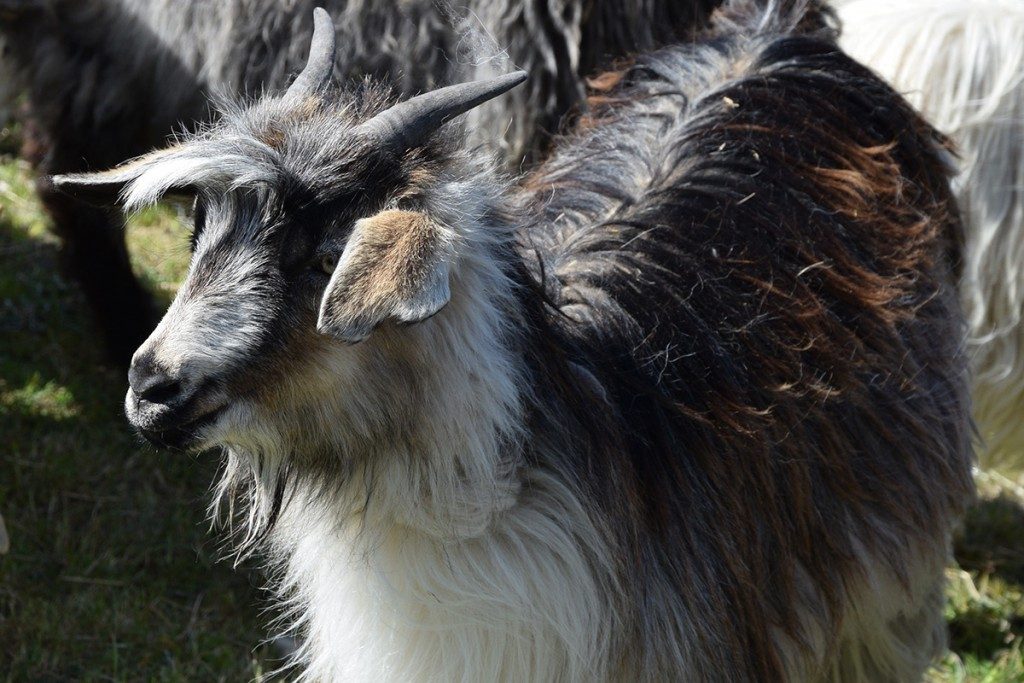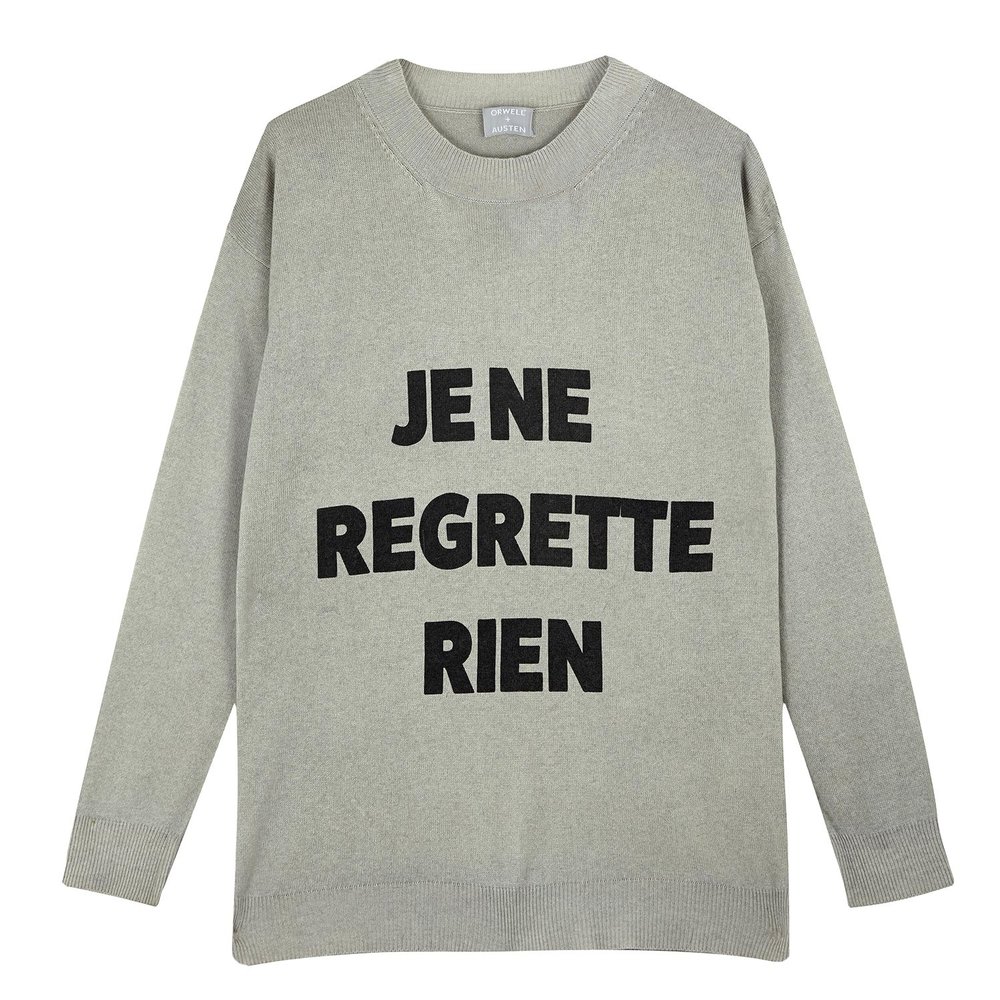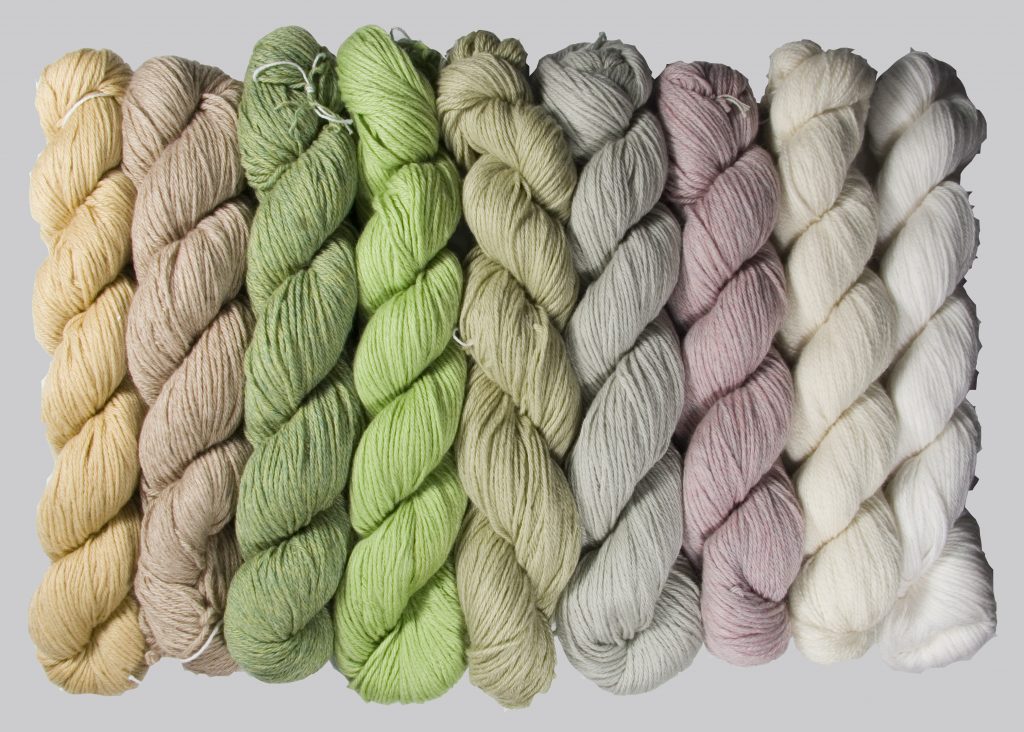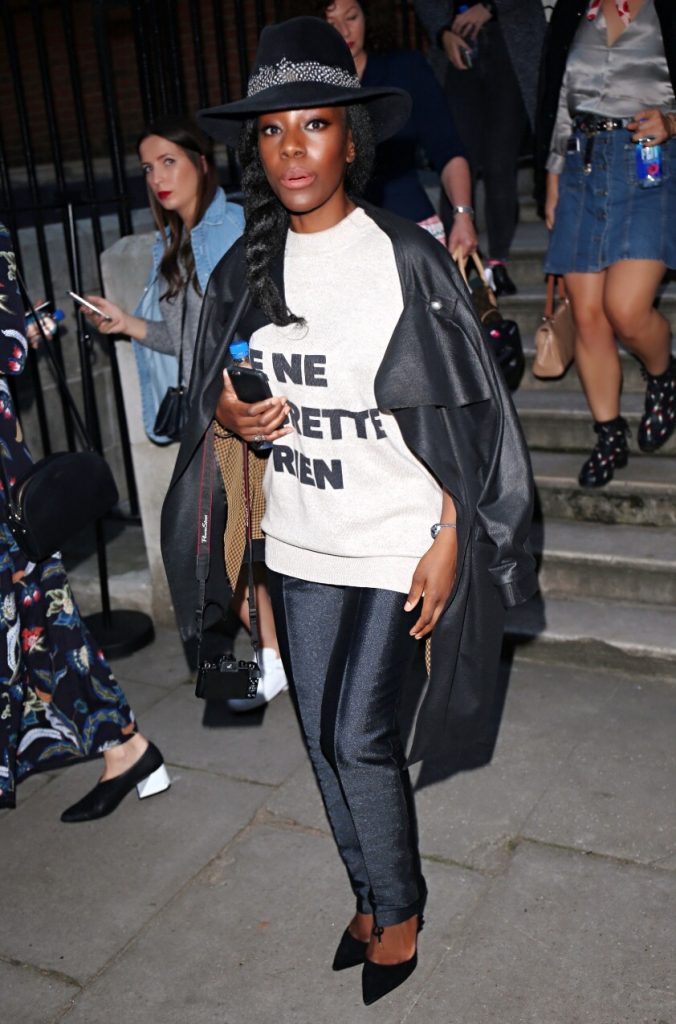In many ways with its inherent luxurious quality, long-lasting nature, and natural fibre status, cashmere – knit or woven – is the ultimate sustainable fibre. If you own cashmere you will know that the good credible stuff will keep going for decades if well looked after without pilling and it is known to get even softer with wear.
So where does it come from and how do we get it? Well, cashmere comes from goats’ coats, and there are only set conditions (terrain and temperature-wise) within which cashmere goats can prosper, meaning there are only twelve regions in the world – including Mongolia, China, India and Iran – where you’ll find the soft ones roaming. Goats in Mongolia’s Gobi Desert (400 miles off-road from the nearest city) are known to produce the finest cashmere in the world, so the best stuff comes from there. Specifically cashmere is harvested from the underbelly of the goat’s undercoat, where superfine fibres sit beneath the animals’ coarse hair. When the goats molt, workers comb the belly hair for its wool, and whilst this is definitely time consuming in process, this is what the more ethical suppliers choose to do as opposed to shearing because it is much kinder and less stressful for the goats. The wool is then hand-sorted and sent to dehairing facilities for washing and refinement.
Where does sustainability even come into it? In less than a decade, companies – most recently from China – producing cheap cashmere have started to flood an ancient market (some cashmere farmers have over 2,000 years of nomadic herding tradition experience), and with the mass production has come questions of ethics, transparency, quality and social responsibility. Cashmere sweaters, known to have usually come with a pricey label which for many indicated quality are now available for as little as now go for as little as £10-£20. China sold its cashmere sweaters to America for just $34 on average last year, a full 75 percent off the import price of the Scottish version. From sweatshop allegations, animal welfare issues to the impact intense farming and overgrazing has on the land (in some cases causing desertification when herds are doubled in size but share the same amount of land), the question of how we can all support and buy sustainable cashmere is worth asking and answering.

The ‘diamond fibre’ as cashmere is known in China, is now used to make everything from bikinis and hoodies to baby clothes, and as would be predicted, this ready availability and low pricing has changed the expectation we shoppers have when we view cashmere, and what we expect to pay for it. Once consumers start to be able to expect cashmere for £40 rather than £200 a fine line emerges between a bargain and the true cost, and this is why doing our research is important to support businesses doing cashmere in ‘the right way’. Brands like Pure Collection are known to remove the middle man to make sure that herders get a premium price for their cashmere, Pringle of Scotland are renowned for luxury cashmere knitwear and hold the royal warrant as manufacturers of knitted garments, and the cashmere farmers Orwell and Austen work with both employ local villagers – some of whom have been working in the factory for decades – and advocate for humane methods of raising and farming goats. In fact, the company has been working with the same small family run cashmere factory in Nepal’s Kathmandu Valley for over a decade. Design-led, Orwell and Austen focus on modern classics with a refreshingly youthful twist, combining cashmere (soft but not too delicate that you fear a second wear) with fresh statements, as exemplified by the slogan jumper I am wearing below.

On the design and manufacturing side, exciting things are happening with small to medium size farms such as Chianti Cashmere Goat Farm, who onlysell to European farmers to ensure humane welfare (raising and farming) of the goats they sell, whilst FAIR Mongolian Cashmere producing the only pure white, certified ethical and environmentally sustainable luxury cashmere yarn in the world.
Practical tips
 So, as promised, here are some practical tips when shopping for cashmere.
So, as promised, here are some practical tips when shopping for cashmere.
The softest sweater is not always the fairest
To achieve extra softness, manufacturers will often use yarn that has a high percent of shorter fibres on the surface, which will in turn form little bobbles/balls on the surface and actually reduce the longevity of your item and ultimately make your cashmere feel rough in the long run.
Up your ply count
Ply refers to the number of single fibre threads twisted together to make the yarn string from which your garment will be made. The higher the ply (and more expensive), the stronger the yarn and durability of your cashmere item.The heavier the sweater, the warmer it will be.
Shine a light on it
The ultimate test to gauge how tight-woven an item is? Hold it up to the light! If you can easily see-though it, the weave is loose and thx indicates that it will drop shape easily, and not last for the decades that good cashmere is truly capable of.
Look after it
The best way to avoid damage is by storing cashmere in a breathable zipped bag with some natural moth repelling cedar wood balls. It is also best to hand wash your cashmere with a specially formulated washing liquid or use a delicate cycle, and never hang it as that is known to stretch the fibres.

